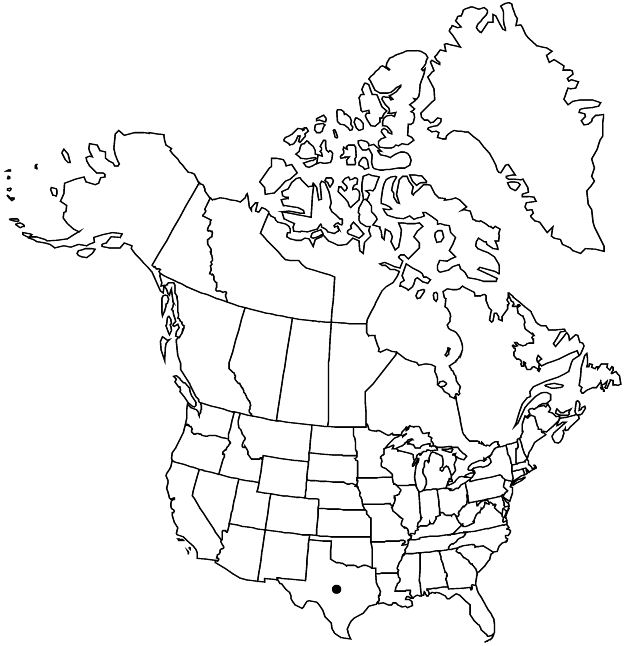Croton leucophyllus var. leucophyllus
Herbs, annual, 1–3(–5) dm, monoecious. Stems dichotomously branched throughout, stellate-hairy. Leaves not clustered; stipules subulate, 1–2.5 mm; petiole 0.5–3 cm, glands absent at apex; blade ovate to ovate-oblong, 1–2.5(–5) × 0.5–1.5(–3) cm, base rounded to cuneate, margins entire, apex rounded to subacute, abaxial surface pale green, not appearing brown-dotted, no stellate hairs with brown centers, densely stellate-hairy, adaxial surface slightly darker green, sparsely stellate-hairy. Inflorescences bisexual, racemes, 0.5–2 cm, staminate flowers 1–15, pistillate flowers 3–6. Pedicels: staminate 1.5–2 mm, pistillate 2–2.5 mm. Staminate flowers: sepals 5, 0.8–1 mm, abaxial surface stellate-hairy; petals 5, linear-oblong-lanceolate, 0.8–1 mm, abaxial surface glabrous except margins villous; stamens 7–10. Pistillate flowers: sepals 5, unequal, 3 outer 5–7 mm, 2 inner 1–2 mm, margins entire, apex incurved, abaxial surface stellate; petals 0; ovary 3-locular; styles 3, 1–2 mm, 2-fid to base, terminal segments 6. Capsules 4–5 mm diam., smooth; columella apex with 3 short recurved lobes. Seeds 3.5–4 × 1.8–2 mm, shiny.
Phenology: Flowering Jun–Nov.
Habitat: Bottomlands, floodplains.
Elevation: 0–100 m.
Distribution

Tex., Mexico (Coahuila, Nuevo León, Sonora, Tamaulipas).
Discussion
Variety leucophyllus is known in the flora area from at least Brewster County southeast to Cameron and Nueces counties. Croton leucophyllus var. trisepalis A. M. Ferguson (C. palmeri var. ovalis Fernald) differs from the typical variety in having the two inner sepals abortive in the pistillate flowers so that they appear to have only three sepals. Variety trisepalis is found on shale plains in the Mexican states of Nuevo León and Tamaulipas, and may be expected in nearby Texas.
Selected References
None.